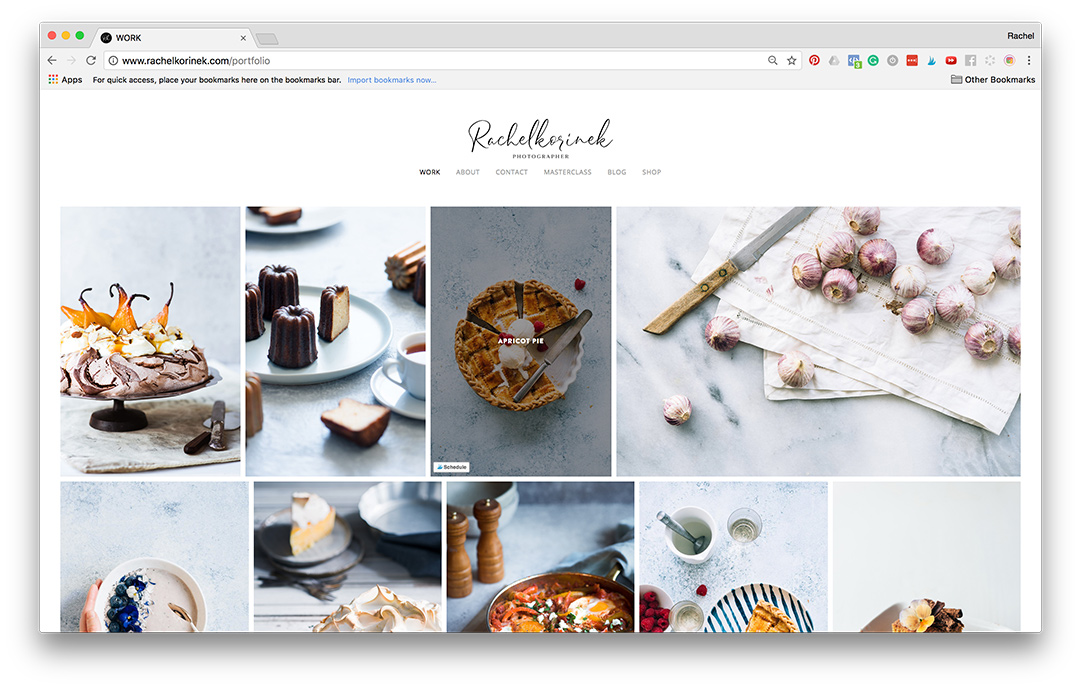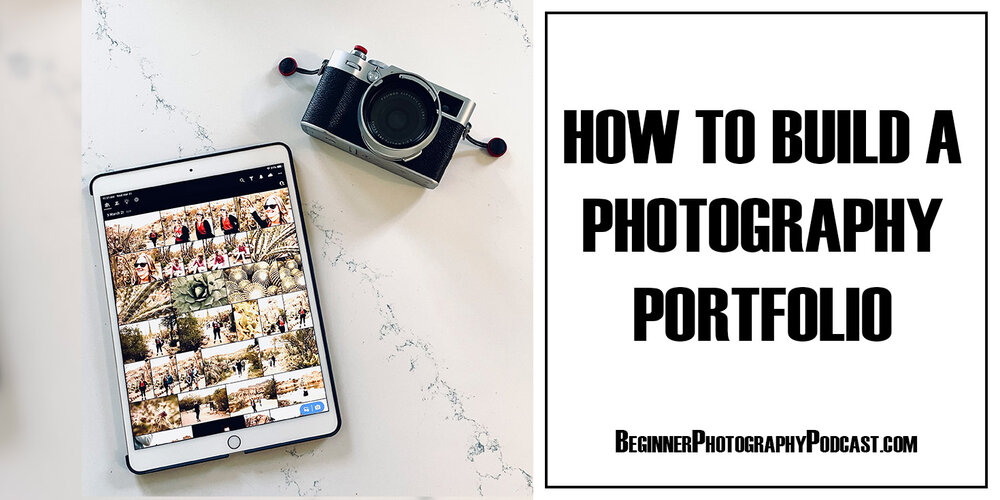Tips for Creating a Stunning Photography Portfolio
A photography portfolio is more than just a collection of images—it’s your visual resume, showcasing your skills, style, and versatility as a photographer. Whether you’re a seasoned professional or a budding photographer looking to build your brand, a well-curated portfolio can make a powerful impression on potential clients, collaborators, and employers. Here are essential tips to help you create a stunning photography portfolio that captivates viewers and advances your career.

Define Your Purpose and Audience
**1. ** Identify Your Niche: Determine the type of photography you specialize in or wish to focus on—whether it’s portraits, landscapes, weddings, commercial, fashion, or documentary. Tailor your portfolio to highlight your strengths and interests within that niche.
**2. ** Understand Your Audience: Consider who will be viewing your portfolio—potential clients, art directors, agencies, or peers. Customize your portfolio to appeal to their preferences, needs, and expectations.
Selecting Your Best Work
**1. ** Quality over Quantity: Curate a selection of your absolute best work rather than overwhelming viewers with too many images. Aim for a cohesive and impactful presentation that leaves a lasting impression.
**2. ** Variety and Versatility: Showcase a variety of subjects, styles, and techniques that demonstrate your range and expertise. Include different lighting conditions, compositions, and perspectives to highlight your versatility as a photographer.
Organizing Your Portfolio
**1. ** Create a Consistent Theme: Choose a cohesive theme or aesthetic that ties your portfolio together. This could be a consistent color palette, mood, or visual style that reflects your unique artistic vision.
**2. ** Arrange Thoughtfully: Organize your portfolio in a logical sequence that flows well and tells a compelling story. Consider starting strong with your most impactful images and ending on a high note to leave a lasting impression.
Showcasing Your Technical Skills
**1. ** Image Quality: Ensure all images are high-resolution and professionally edited to showcase your technical proficiency. Pay attention to color correction, exposure, and sharpness to present polished and visually appealing photographs.
**2. ** Editing and Retouching: Use editing software to enhance your images while maintaining a natural and authentic look. Avoid over-editing that detracts from the integrity of your work.
Providing Context and Information
**1. ** Caption and Descriptions: Provide brief captions or descriptions for each image to provide context, share insights into your creative process, or highlight any unique aspects of the photograph.
**2. ** Contact Information: Make it easy for viewers to contact you by including clear and accessible contact information. Consider adding a dedicated contact page or section within your portfolio.
Presentation and User Experience
**1. ** Responsive Design: Ensure your portfolio website is mobile-friendly and responsive, allowing viewers to easily navigate and enjoy your work on any device.
**2. ** Navigation and Accessibility: Create a user-friendly navigation menu with clear categories or sections for different types of photography. Include a search function if your portfolio is extensive.
Updating and Maintaining Your Portfolio
**1. ** Regular Updates: Keep your portfolio current by regularly updating it with your latest and best work. Replace older images with new ones that reflect your evolving style and skills.
**2. ** Seek Feedback: Solicit feedback from peers, mentors, or industry professionals to gain insights into how your portfolio is perceived and where improvements can be made.
Promoting Your Portfolio
**1. ** Social Media Integration: Share your portfolio across social media platforms to increase visibility and reach a broader audience. Use relevant hashtags and engage with communities to attract potential clients and collaborators.
**2. ** Networking and Collaboration: Attend industry events, workshops, or online forums to network with other photographers, potential clients, and industry professionals. Collaboration opportunities can lead to new portfolio additions and exposure.
Conclusion
Creating a stunning photography portfolio is a strategic endeavor that requires thoughtful curation, attention to detail, and a deep understanding of your audience and goals. By showcasing your best work, organizing it effectively, demonstrating your technical skills, and ensuring a seamless user experience, you can create a portfolio that not only showcases your talent but also opens doors to new opportunities in the competitive world of photography. Continuously refine and update your portfolio to reflect your growth as a photographer and to maintain relevance in the ever-evolving industry.


